Frontiers for Young Minds
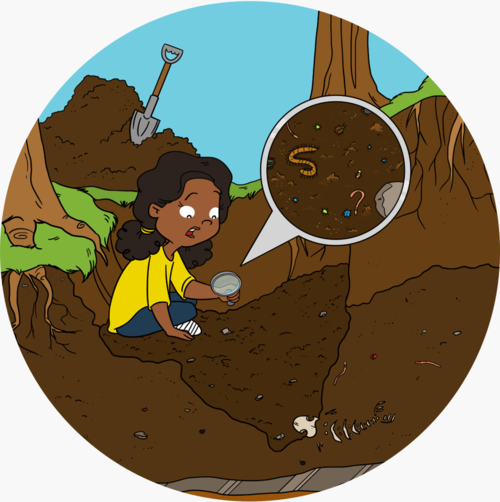
In this Collection, you will discover that soils are full of life. We will show you that belowground life is essential to have healthy soils and, therefore, for us. › more
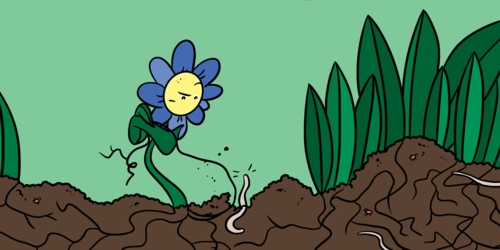
The belowground world is full of creatures that depend on plants as a food source. Belowground plant eaters, or herbivores, feed on roots and can cause considerable damage to plants. Roots are very… › more
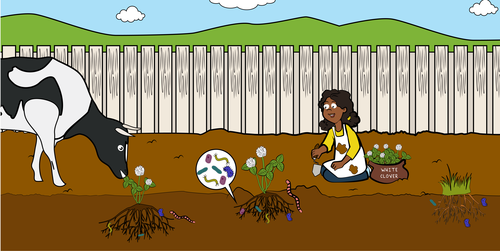
Cows and sheep eat plants known as forages. Forage plants can include grass, chicory, and clover. Forage plants vary in nutrients and tastiness. These plants can also change the ecosystem belowground… › more
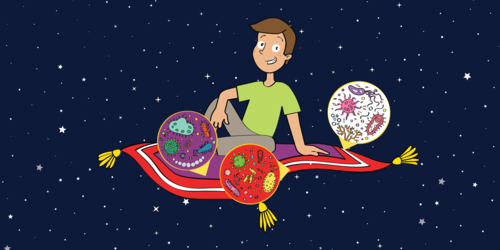
Some microscopic organisms grow together to build structures known as microbial mats. These mats are formed from several layers with different colors, and their structure depends on environmental… › more
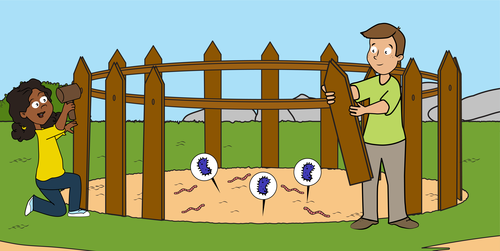
Soil biodiversity means the range of creatures, of various shapes and sizes, living in the soils—from microorganisms to animals. Soil diversity is extremely important and, to protect it, we need to… › more
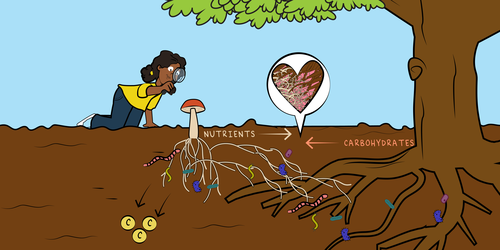
Ectomycorrhizal fungi are a type of fungi that develops a mutually beneficial relationship with plant roots. These fungi form ancient and extremely successful partnerships with forest trees… › more
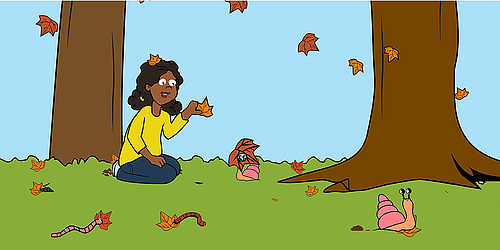
When plant leaves die, they fall and accumulate on the soil where an important process occurs: they decompose. Decomposition is essential for recycling nutrients and returning them to the soil. It is… › more
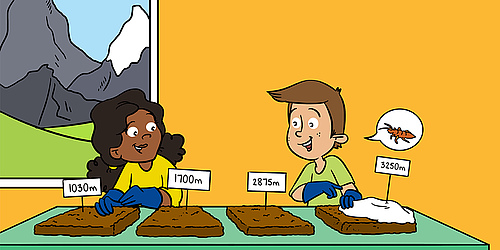
The soil beneath our feet still requires more exploration, although we know that it is home to a vast number of organisms. It is basically a black box we cannot see into to observe its inhabitants… › more
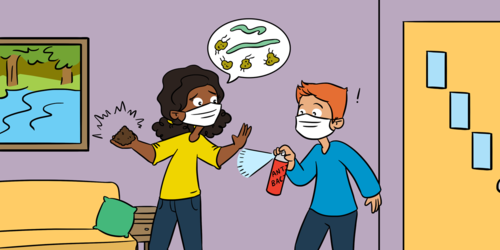
There are millions of species living in soils. Most of this biodiversity is made up of bacteria and fungi, tiny organisms that make up what is called the soil microbiome. The size and composition of… › more
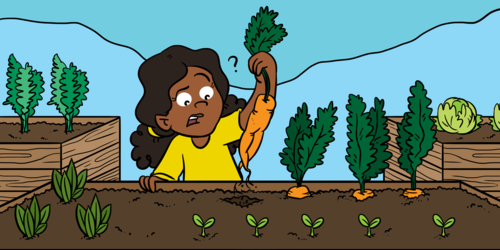
Plant roots interact with many bacteria, fungi, and microscopic organisms within the soil that can impact how well the plants grow. Some of these microscopic organisms are animals called nematodes,… › more
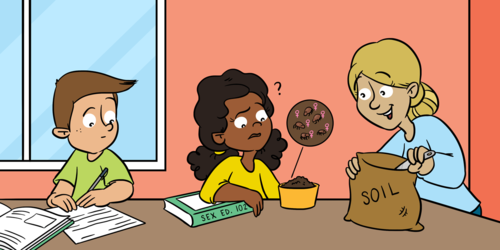
Finding a partner and having sex to produce babies is a common way to reproduce. Yet, upon closer look, we see that nature provides many ways for reproduction. What about a world without males? What… › more
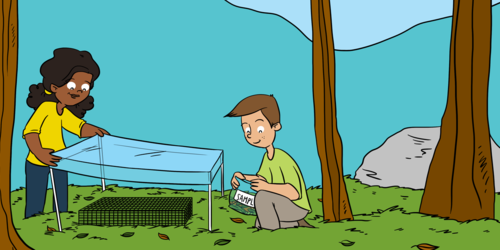
Hundreds of thousands of little creatures live in soils. Some eat live plants, live animals, or both. Others, called decomposers, consume dead plants, and the waste of other living beings (their… › more
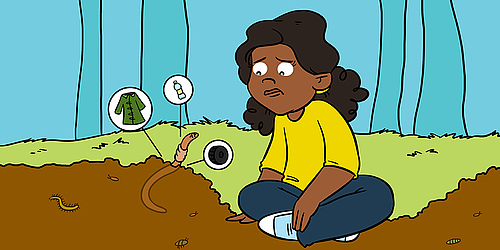
Small animals living in soils, called soil invertebrates, represent a very diverse group of soil inhabitants. They include earthworms, woodlice, spiders, springtails, mites, and some insects. Soil… › more
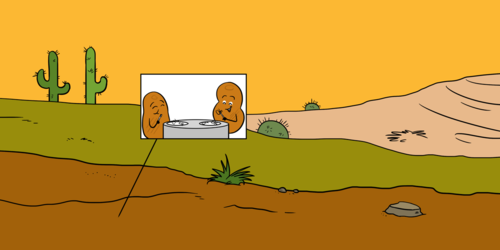
What is a dryland? The first thing that may come to your mind is a desert-like place where nothing can live or grow. Despite the scarcity of water, dryland ecosystems are diverse and will expand due… › more
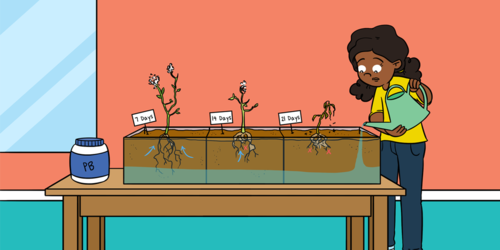
Among the millions of microorganisms inhabiting the soils, some can be plant pathogens, meaning they can become a disease to plants. Some diseases are more well-known than others. This is the case of… › more
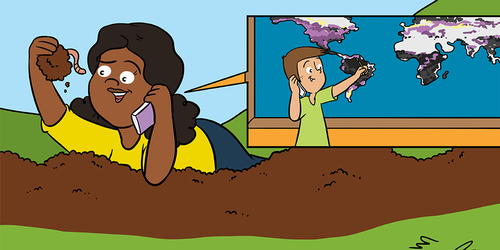
For decades, scientists have known where the highest numbers of species that live aboveground are found. So, they made maps of the world showing these patterns. For most of the aboveground groups,… › more
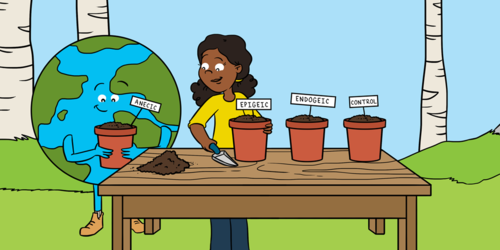
The mass of all earthworms living on our planet is greater than the mass of any other terrestrial animal species. There are over 7,000 species of earthworms, and they are involved in many processes… › more
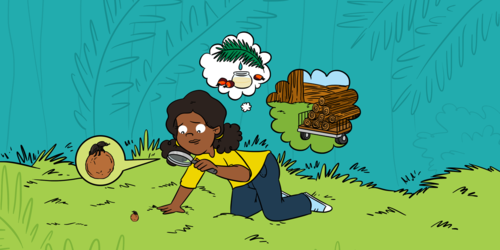
Dung beetles are a group of insects that primarily use the dung (poop) of mammals for feeding and nesting. These beetles are important for the breakdown and recycling of dung into the soil, enabling… › more
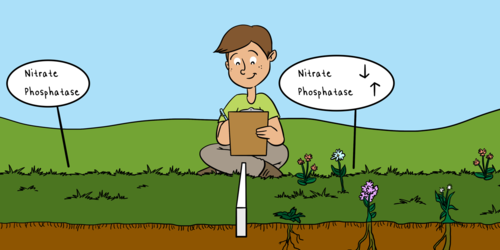
All living things, like humans, animals, plants, and even microbes, need to take up the same nutrient elements to live, most importantly nitrogen and phosphorus. Understanding the cycling of these… › more
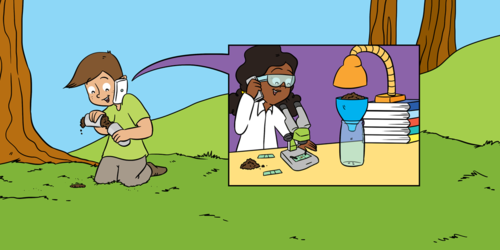
There is a multitude of life forms on our planet. This is especially true under our feet, in the soil. Earthworms, spiders, and millipedes are only a few examples of the vast number of soil… › more
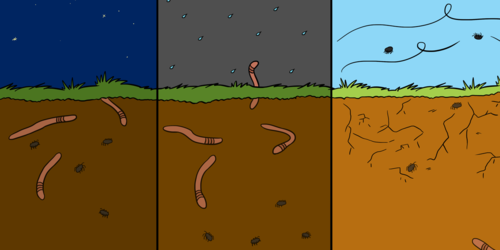
All the animals living below our feet are not still. They can move (to a lot of places because the soil is a 3D space) and to change (for example, from a cocoon to an active state). Therefore, the… › more
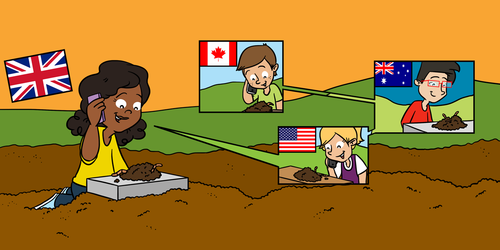
Have you ever wanted to conduct scientific research? Citizen, or community science involves non-scientists in assisting scientists with research. The term covers a huge variety of projects: from… › more
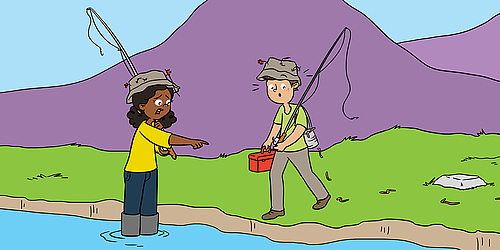
We all know earthworms as important friends in our garden: they help plants to grow better by providing nutrients, water, and air in the soil. However, in some cases, earthworms have more negative… › more
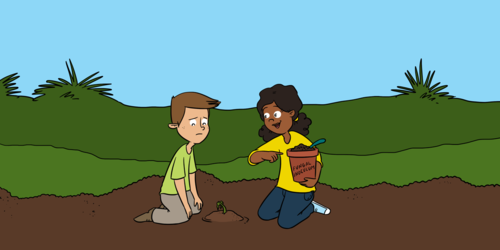
Like humans, plant and animal species have a specific type of place, called an ecosystem, where they prefer to live. If the ecosystem changes too much, some species will disappear, much the same way… › more
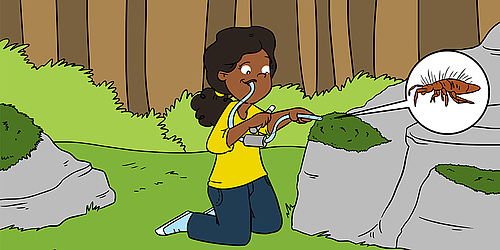
Springtails are tiny, six-legged animals that you meet every day, but hardly notice. They can survive in big cities, on ice in Antarctica, in the deepest caves, and in rainforest canopies. Some… › more

Did you ever notice that dead leaves never accumulate in forests? For that service, we can thank a cleaning team of tiny recyclers living in the soil. Dead organisms are their food source, and they… › more
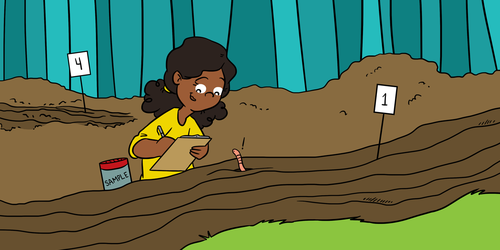
Fallen branches, logs, and tree stumps are a valuable habitat in forests, giving food and shelter to many organisms, including earthworms. Unfortunately, deadwood is often removed from forests… › more
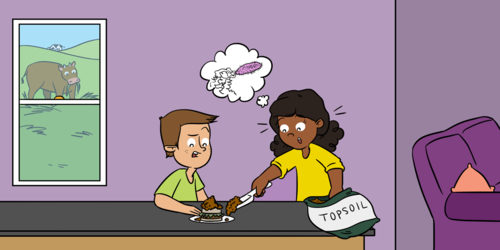
In 1993, an outbreak of the bacterium Escherichia coli made over 700 people ill across the United States. A special kind of E. coli, called strain O157:H7, inhabits the guts of cattle and spreads to… › more
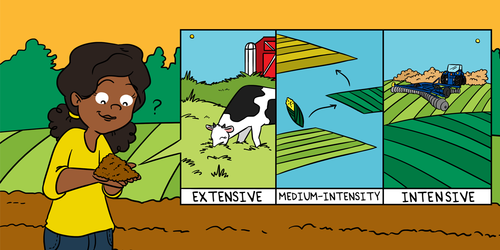
Humans use land to grow crops for food, and the farming methods we use can influence the organisms that live in the soil. Soil organisms do important work, like decomposing organic matter and… › more
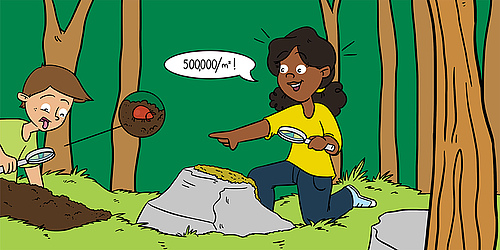
Oribatid mites are a group of animals related to spiders, scorpions, and ticks. However, they are typically much smaller (most are < 1 mm) and are full of defensive mechanisms to protect them from… › more
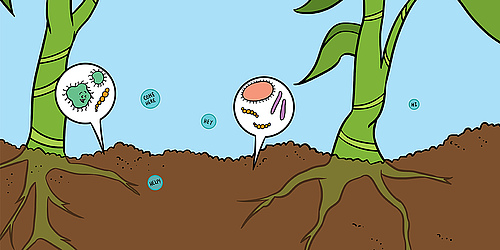
If you are a microbe in soil, how do you say something to your neighbors? Well, speaking English, French, or Italian would not do you any good underground. Instead, you would have to use molecules as… › more
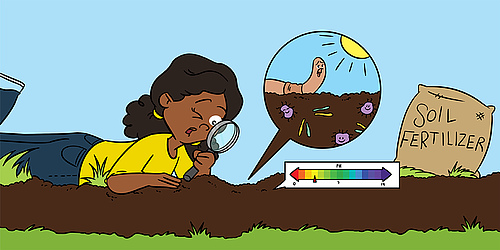
For the last two centuries, humans have been changing the Earth through their way of life. Our actions are not only causing climate change and leading to prolonged periods of drought, they are also… › more
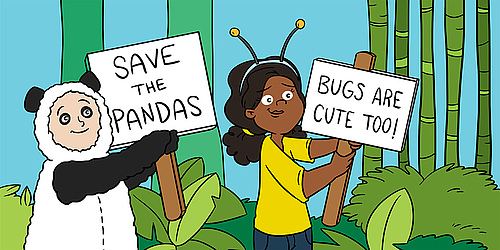
Because having a wide variety of species on earth is essential for human health and our economy, conservation areas have been established worldwide. These conservation efforts mostly focus on… › more
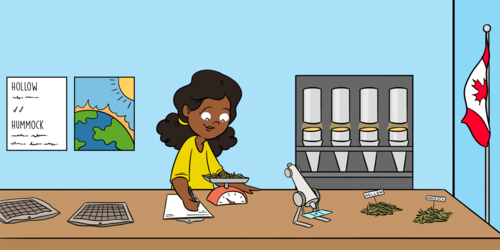
All soils store carbon. As plants grow, they take up carbon from the atmosphere and this carbon enters the soil when they die. This dead plant material slowly decomposes as organisms, such as… › more
